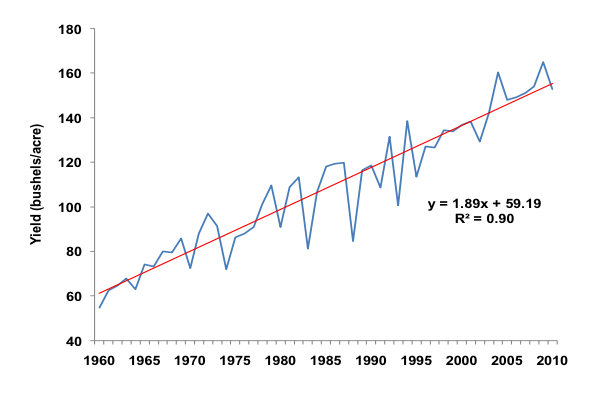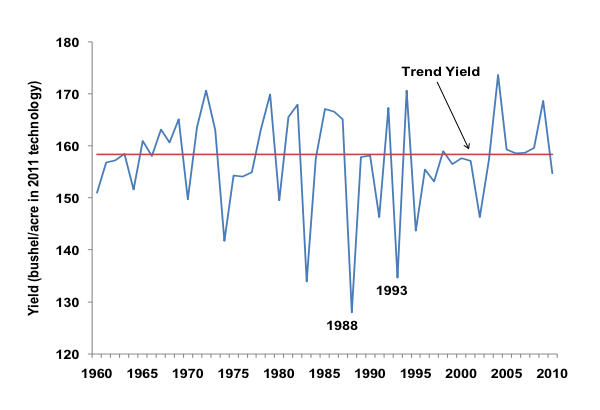- Latest Plant Press has interesting stuff on botanical data of various forms. Always worth a skim.
- CSA pamphlet on the importance of crop wild relatives. Why does this feel like a bandwagon? And how long to the backlash?
- And talking of bandwagons, here’s the latest from the one on citizen botany. Does indigenous tree knowledge count as citizen science? How about indigenous weed knowledge?
- And how about using your pet pig to reinvigorate a breed?
- Interesting take on fruit variety names. Can we crowdsource an answer?
- Everything about the opening of that new Mexican mega-genebank. Including the speeches. Nice-looking building, I must say. And from IRRI an example of a genebank from the other end of the scale in the Philippines. And similar, but different, from
CanadaColorado. - Biodiversity bigshots beg for naming blitz. Better hurry. And don’t forget the soil.
- Sargasso Sea coming ashore in Ghana is bad news for fisherfolk. Can they not eat it? Is it bad to ask that?
- How to find your way around weather data.
- Swedes to provide IPR training for PGR types.
- Island nations from opposite sides of the world brought together by agrobiodiversity. Full disclosure: I’ve worked with both regional PGR networks and want to again.
- Brits who worked on spuds.
- And Wontoks who worked on taro.
- Privatizing conservation.
Blight is right: genetic uniformity was to blame
The Southern Corn Leaf Blight epidemic that struck the US in 1970 is usually seen as a canonical example of the dangers of genetic uniformity. I use it that way myself, often. Certainly yield losses in 1970 seemed very high, higher than the average 12% “expected from all diseases of corn”. But could we all be wrong? A commenter thinks so.
[W]as it a major problem? Over twenty years ago I gave a seminar at CIMMYT. I had prepared a slide showing the year on year average yield increase 1 in maize in the USA for about 70 years‚ but leaving off the actual years. … I challenged the audience to identify the blight year (1970). Nobody could. … Try this on colleagues and students.
I did, and it is true, 1970 does not look all that extraordinary against the trend.

A more interesting graph is this one, in which the rising trend in average yield is removed from the actual yield each year.

Now 1970 is a little more visible, though I agree it still doesn’t look catastrophic. I mean, compare that with 1988 and 1993. There is one huge difference. In 1988 drought was widespread, while in 1993 floods devastated many farms and yields in the northwest corn belt. Weather in 1970 was just fine, thank you. Weather is clearly a very important factor in annual yields, and it interacts with pests and diseases in complex ways, but it seems pretty clear that the yield loss of 1970, while not as drastic as in other years, was certainly not the result of wayward weather.
The commenter asked “are we making too much of a fuss about the Leaf Blight”? I don’t think so, obviously, so I asked Professor Darrel Good, of the University of Illinois. He knows more about maize yields than almost anyone (and is responsible for the graphs above). He said:
I have not seen any specific analysis of 1970, but am pretty sure that the decline in corn yield was in fact attributed to the outbreak of southern corn leaf blight. Hard to quantify that impact relative to weather. It is a similar phenomenon as the aphid damage to the soybean crop of 2003. 2 These rare events are not captured in our models.
In some respects, pests and diseases are as unpredictable as weather. In industrialized agriculture, genetic diversity within a crop is unlikely to provide much protection against the vagaries of weather. 3 But genetic diversity definitely can protect against unpredictable pests and diseases, not just in maize, and not just against Southern Corn Blight.
Nibbles: Book, Watermelon, Pests & Diseases, Lime juice disinfectant, Seed laws, Bibliography
- I’ve already pre-ordered Darwinian Agriculture, and now I can get a head start by downloading Chapter 1 for free.
- Oxfam gives Vietnamese new watermelon seeds to combat climate change. But what kind of seeds?
- Relive yesterday’s webinar on Managing pests and disease under climate change: What do we need to learn?
- Speaking of which, a reminder of CABI’s New Pest & Disease Records.
- New use for lime juice: disinfecting drinking water.
- Fermentation Nation feat. my favorite microorganisms.
- Mexico toys with new plant variety protection law, NGOs worried.
- Finally, overworked person updates agrobiodiversity group on Mendeley.
Brainfood: Pollinator threats, Predicting drought tolerance, Markets and conservation, Groundnut oil composition diversity, European wheat landraces, Dung beetles, Livelihoods, Phenology
- Impact of landscape alteration and invasions on pollinators: a meta-analysis. Habitat alteration and invasions equally bad on visitation rates, invasive animals more bad than invasive plants, and disturbance of the matrix more than fragment size. But there are some differences among vegetation types.
- The determinants of leaf turgor loss point and prediction of drought tolerance of species and biomes: a global meta-analysis. Osmotic potential at full turgor could be used to predict drought tolerance across species. Cut a long story short, that simplifies down to salty cell sap, give or take. Good for choosing crop wild relatives to use in breeding for drought tolerance?
- Market-based instruments for biodiversity and ecosystem services: A lexicon. If you want to tell your tradable permits from your reverse auctions. And really, who doesn’t?
- Phenotypic and molecular dissection of ICRISAT mini core collection of peanut (Arachis hypogaea L.) for high oleic acid. Much diversity in oleic acid (O) to low linoleic acid (L) ratio found. Breeders alerted.
- Phenotypic diversity and evolution of farmer varieties of bread wheat on organic farms in Europe. There wasn’t much of it, over 3 years.
- A Comparison of Dung Beetle (Coleoptera: Scarabaeidae) Attraction to Native and Exotic Mammal Dung. They really know their shit.
- Small-scale farming in semi-arid areas: Livelihood dynamics between 1997 and 2010 in Laikipia, Kenya. Life continues to be a bitch, there’s no other way to say it. But when will the people who measure livelihoods measure the diversity of people’s assets as well as their size?
- Climate-associated phenological advances in bee pollinators and bee-pollinated plants. About 10 days over the past 130 years, most of the change since 1970, and bee plants keeping pace with bees.
Nibbles: All singing and dancing, FAO meets Big Data, Clone this, Patent nonsense, Frozen fish
- Fisherfolk of the Amazon landed on film. But do they sing about it? (And it’s not just an Amazon thing, this dancing and singing about agrobiodiversity. Not by any means.) And should they be doing more slashing-and-burning?
- FAO to put all its data in one basket. But including AnGR? WIEWS? One asks more in hope than expectation.
- One of the many challenges of vegetatively propagated crops (like potatoes): rapid multiplication. (Well, they could always do an SNP-based tetraploid map of the damn things, couldn’t they.) No such problems with seeds, of course.
- There’s been a rapid increase in the patenting of adaptation-related traits, and the private sector in industrialized countries is mainly responsible. Well there’s a surprise. But was that discussed at the CCAFS meeting on breeding objectives for Africa? And it’s just as well to remember that it’s not just breeding that’s needed. Oh, but by the way, you better grab those adaptations while you can…
- Regional SE Asian fish genebank proposed. That I’d love to see. Maybe they could share germplasm with, I dunno, Chicago? And not just.